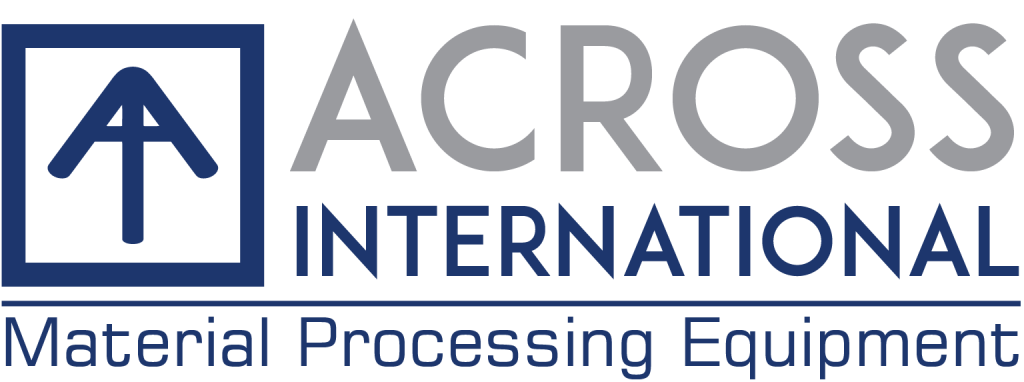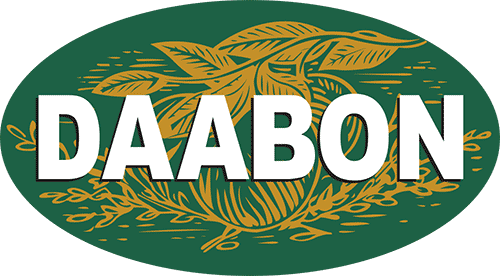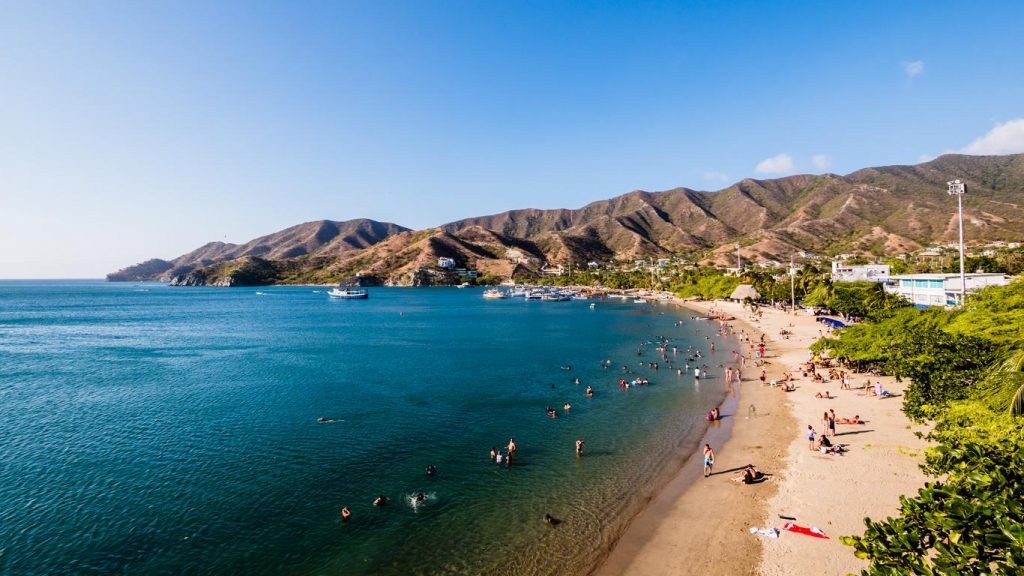
May 18-23, 2025
Santa Marta, Colombia
About This Conference
This Conference is the fourth of the series, following the very successful Bio-Char I (Alba, Italy, 2017), Bio-Char II (Cetraro, Italy, 2019), and Biochar III (Tomar, Portugal, 2023).
When organic materials (woody or agricultural materials, organic residues, sewage sludge, digestate,…) are thermally decomposed in the absence of oxygen, one of the resulting products is bio-char, a solid compound rich in carbon and inorganic elements. Incorporated into the ground, bio-char is a porous soil enhancer that can lock up carbon, supply minerals, prevent nutrients leaching and water contamination and retain soil moisture. As a result, bio-char can be used as an efficient material to enhance soil properties while sequestering carbon. However, bio-char’s porous properties make it also suitable for a variety of value-added applications (adsorption of pollutants, filler for composites, catalysts, material for electronic applications, additive for food and feed ….). Bio-char properties depend on the biomass feedstock used as well as the operating conditions used for its production. Moreover, they can be manipulated by pre- and post-processing. By understanding and controlling these factors it is possible to create value-added “designer bio-chars” for specific applications.
The interest in bio-char has been booming all over the world and rapidly escalating in the last two years. A number of companies have jumped into production and the user community is looking for carbon-negative applications. As a result, it is imperative to review the existing knowledge as well as to stimulate research and development activities to bring clarity to this field, ranging from feedstock selection and properties, to production and upgrading processes, from identification of applications to economics, from characterization to products standardization and policies and carbon dioxide offset credits.
The conference aims to create a forum where the current knowledge as well as the future directions are openly reviewed and discussed.
Conference Organization
Conference Co-Chairs
Franco Berruti
Western University, London, Ontario, Canada
Farid Chejne Janna
Universidad Nacional de Colombia, sede Medellín, Colombia
David Chiaramonti
Politecnico di Torino, Italy
Johannes Lehmann
Cornell University, USA
Scientific Committee:
Franco Berruti, ICFAR, Western University (Canada)
Tristan Brown, SUNY (USA)
David Chiaramonti, Politecnico di Torino and RE-CORD (Italy)
Sara Duarte, The Next 150 and ILBI (Mexico)
Anthony Dufour, CNRS (France)
Silvia Fiore, Politecnico di Torino (Italy)
Manuel Garcia-Perez, Washington State University (USA)
Mauro Giorcelli, Politecnico di Torino and ICHAR (Italy)
Paola Giudicianni, CNR (Italy)
Farid Chejne Janna, Universidad Nacional de Colombia (Colombia)
Naomi Klinghoffer, ICFAR, Western University (Canada)
Johannes Lehmann, Cornell University (USA)
Luisa Marin, IBI (USA)
Ondrej Masek, University of Edinburgh (UK)
Tom Miles, USBI and TR Miles Consulting (USA)
Maria del Pilar Noriega, Daabon (Colombia)
Andrea Maria Rizzo, RE-CORD (Italy)
José Dilcio Rocha, Embrapa Territorial, Campinas (Brazil)
Hamed Sanei, Aarhus University (Denmark)
Kristin Trippe, USDA (USA)
Rian Visser, TNO (Netherlands)
Liang Wang, SINTEF (Finland)
Conference Themes
- History and log-term performance of bio-char: what can we learn from the past? Long-term monitored field studies. Bio-char impact on climate change
- Sustainable feedstocks for bio-char production: characterization, pre-processing and suitability/response to thermal processing
- Bio-char production processes
- Bio-char reactor technologies
- Bio-char characterization: relationships among feedstock, production technology and characteristics; analytical services for characterization and certification
- Co-products of biochar production: a biorefinery approach
- Bio-char physical and chemical post-processing (grinding, functionalization, activation
- Bio-char applications: soil amendment, adsorbent, catalyst, filler for polymer and cement composites, electronic applications, anaerobic digestion, applications in steel and cement manufacturing, utilization in food/feed, health and cosmetics,
- Bio-char handling, storage, markets and commercialization
- Bio-char use sequences: integration of value chains in agricultural models and forestry
- Mathematical modelling
- Bio-char policies, regulations, standardization, sustainability assessment and carbon offsets credits
- Case studies: success stories, failures, industrial implementations and lessons learned
Abstract Submissions
Abstract Submissions are closed. Abstracts for all presentations will be made available to conference participants prior to the start of the conference.
Click here to see the status of your abstract.
Poster Guidelines
The best posters display a succinct statement of major conclusions at the beginning, followed by supporting text in later segments and a brief summary at the end. Click here for instructions and more information.
Poster Size: 1.0 meter wide and 1.5 meters in length (Portrait style).
Program Agenda
Conference Fees and Registration
The conference fee includes registration, accommodations for the nights of Sunday through Friday morning, (May 18, 19, 20, 21 and 22; check-out on Friday, May 23); all meals including the Wednesday banquet, off-site excursion on Thursday; plus, all taxes. Incidental fees (telephone calls, faxes, spa, laundry, minibar etc.) are billed to your personal account by the hotel.
ALL PARTICIPANTS (INCLUDING MEMBERS OF THE ORGANIZING COMMITTEE AND INVITED SPEAKERS) ARE REQUIRED TO REGISTER.
Registration is closed.
On-site registration is not available.
ECI cannot guarantee hotel accommodations without advance payment. Registrations and/or payments received after April 14, 2025 will be confirmed on a first-come, first-serve basis, if space is still available.
| Registration Type | Early bird Registrationby 14 April 2025 | Regular RegistrationAfter 14 April 2025 |
| Participant (single occupancy-or-sharing room with a personal guest; guest fee additional) | US $2,095 | US $2,295 |
| Participant (sharing a room with another participant) | US $1,735 | US $1,935 |
| Bona fide Graduate Students* (sharing a room with another student) To qualify, students must upload proof of current status during registration – copy of current Student ID or a letter from your university confirming your student status) | US $1,320 | US $1,520 |
| Bona fide Graduate Students* (upgrade to single room)To qualify, students must upload proof of current status during registration – copy of current Student ID or a letter from your university confirming your student status) | US $1,685 | US $1,885 |
GUEST FEES Guests may not attend technical sessions. | ||
| GUEST REGISTRATION All Conference Meals & Activities – personal guest or accompanying person sharing bedroom with a conference participant; includes all conference meals and activities; no technical sessions. | US $600 | US $600 |
| GUEST REGISTRATION Bed & Breakfast Only – personal guest and/or accompanying person sharing a bedroom with a conference participant. Includes bed & hotel breakfast only– no conference meals, coffee breaks, nor additional activities. | US $95 | US $95 |
If you plan to bring children to the conference, please contact Renee Smith for pricing.
Student Rates
*ECI provides discounted registration rates for bona-fide graduate students in exchange for onsite logistics support, such as: audio visual (AV) and speaker coordinator(s), on-site registration check-in support, mic runners, photographers, and more. As the conference gets closer, ECI will email all students to ask for on-site help preferences. We appreciate your participation and support!
Pre/Post Conference Hotel Reservations
Santa Marta Marriott Playa Dormida Hotel is happy to provide ECI Biochar IV attendees with a reduced conference rate for up to three days before and/or after the conference dates. ECI will reserve your room for the conference dates (check in May 18, check out May 23) when you register.
Please book your pre and post conference room here.
Cancellations made 5 or less days in advance of your reservation are non-refundable.
Conference Sponsors
Venue Information
The conference will be held at the Santa Marta Marriott Playa Dormida Hotel. (Carrera 3, No 142-60 Bello Horizonte – Santa Marta, Colombia)
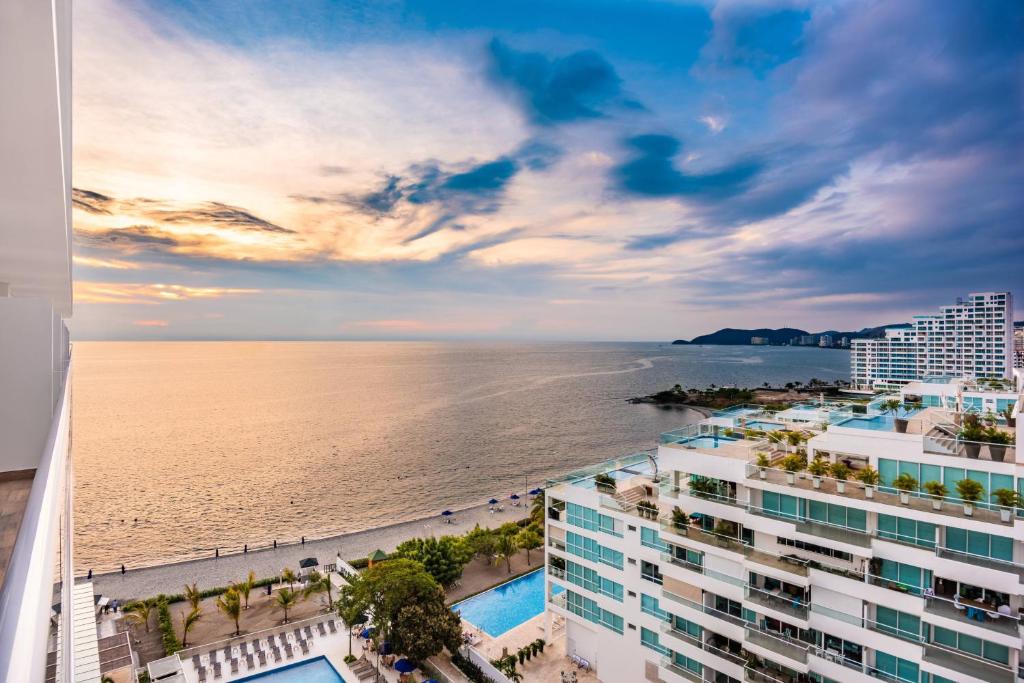
Santa Marta is the oldest city in Colombia, a city on the Caribbean Sea in the northern Colombian section of Magdalena. A busy port, it was also the first Spanish settlement in Colombia. It’s the gateway for trips into the Tayrona National Natural Park and for multiday guided treks to the Lost City (Teyuna) archaeological site in the Sierra Nevada de Santa Marta mountains. Its beautiful terrain is its most distinguishing feature. The area has landscapes in which the green foliage, blue sea, yellow sun and sand, and the contrast between the beaches and the white-peaked Sierra Nevada, make for unforgettable memories.
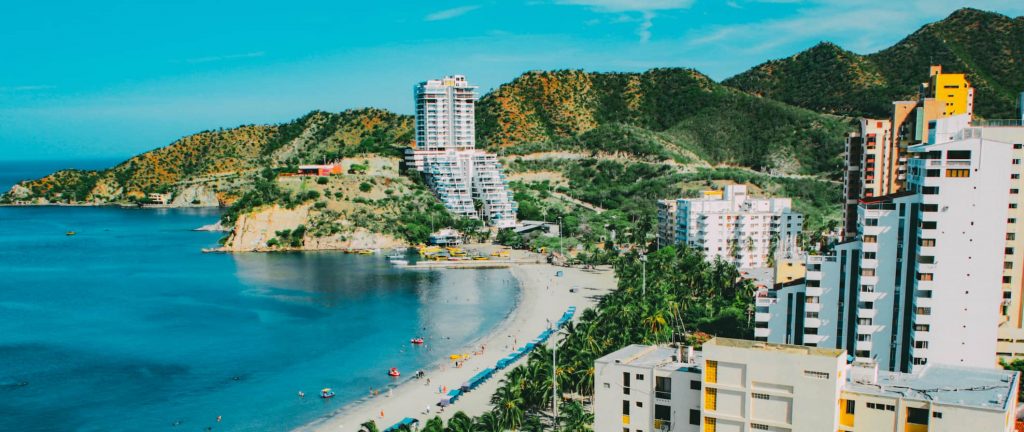
Santa Marta has activities for everyone – whether enjoying the beach, bird-watching, or walking through the historic city of Tayrona. Santa Marts has an impressive legacy represented in its architecture and the streets of downtown Santa Marta which offer the ideal route for visiting the Cathedral, the museums, and the Bastidas Boardwalk. A favorite museum is the Sea Aquarium and Museum. There are about 30,000 people from the Kogi, Arhuaco, Kankuamo, and WIiwa indigenous ethnic groups that live in Santa Marta. UNESCO declared the area a Biosphere Reserve and World Heritage Site in 1979.
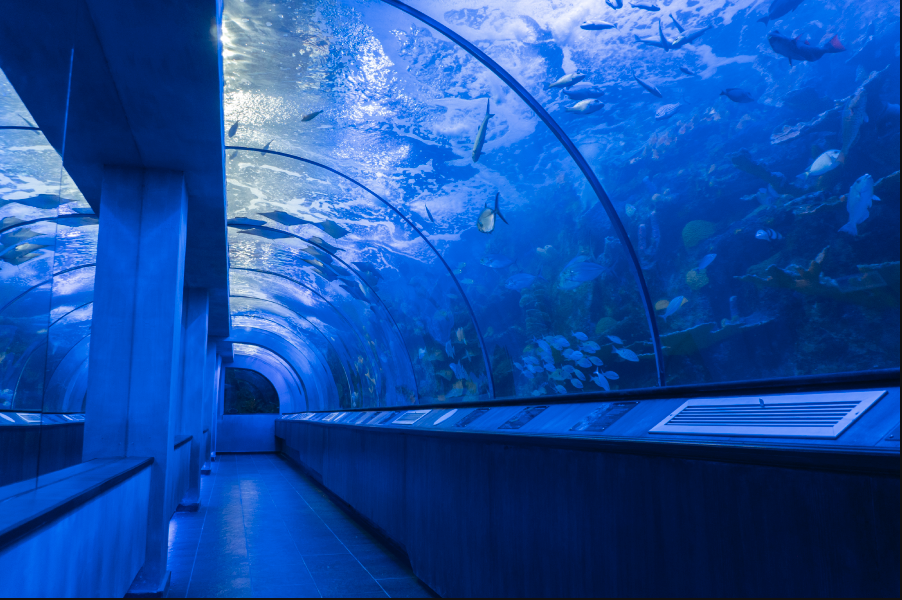
Santa Marta’s weather is warm with an average temperature of 82.4oF. The city’s Simon Bolivar International Airport is located 15 minutes from Santa Marta’s historic center. Taxis and buses are plentiful in the city. For those who are looking forward to experiencing the local foods of the area, typical dishes include chipi chipi (clam soup), fried fish, patacones (fried green plantains), arroz con coco (coconut rice), and cocadas (coconut macaroons).
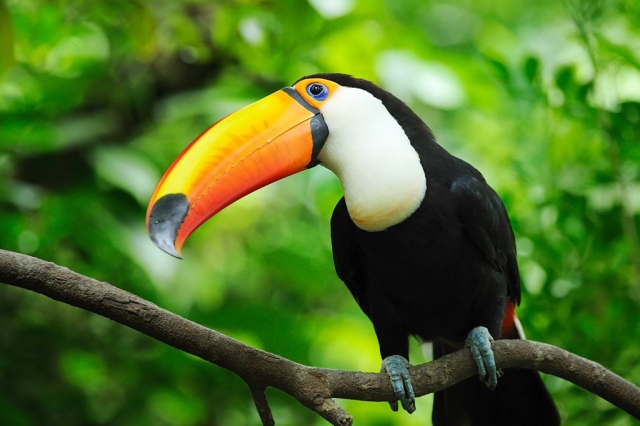
Citizens of certain countries need to present a tourist visa to gain entry. These can be processed at the Colombian embassies andconsulates abroad. Check countries requiring visas at https://www.cancilleria.gov.co/en/procedures_services/visa/requirements.
Pre/Post Conference Tours
Green Travel DMC is offering optional pre and post conference tours for conference attendees. Details are in the links below.
General Information About ECI
Engineering Conferences International (ECI) is a not-for-profit, global engineering conferences program, originally established in 1962 that provides opportunities for the exploration of problems and issues of concern to engineers and scientists from many disciplines.
The format of the conference provides morning and late afternoon or evening sessions in which major presentations are made. Poster sessions will be scheduled for evening discussion as well. Available time is included during the afternoons for ad hoc meetings, informal discussions, and/or recreation. This format is designed to enhance rapport among participants and promote dialogue on the development of the meeting. We believe the conferences have been instrumental in generating ideas and disseminating information to a greater extent than is possible through more conventional forums.
All participants are expected both to attend the entire conference and to contribute actively to the discussions. The recording/photographing of lectures and presentations is forbidden. As ECI conferences take place in an informal atmosphere, casual clothing is the usual attire.
Smoking is prohibited at ECI conferences and conference functions.


